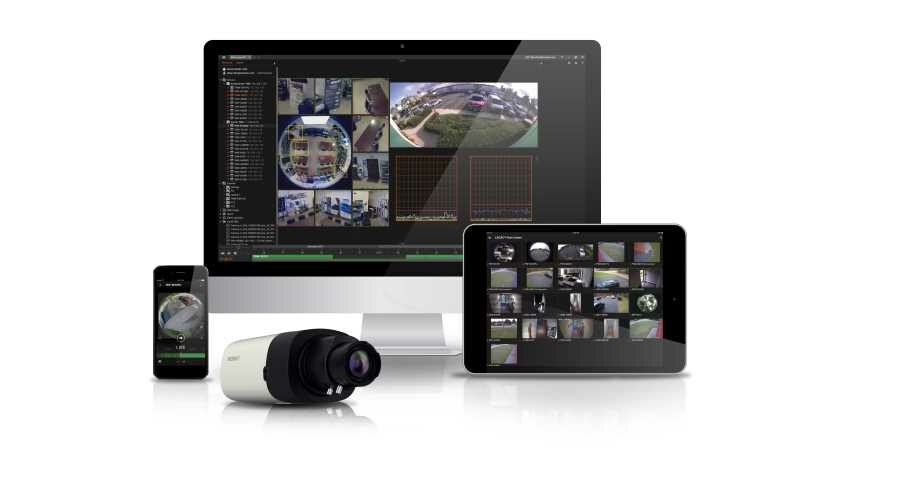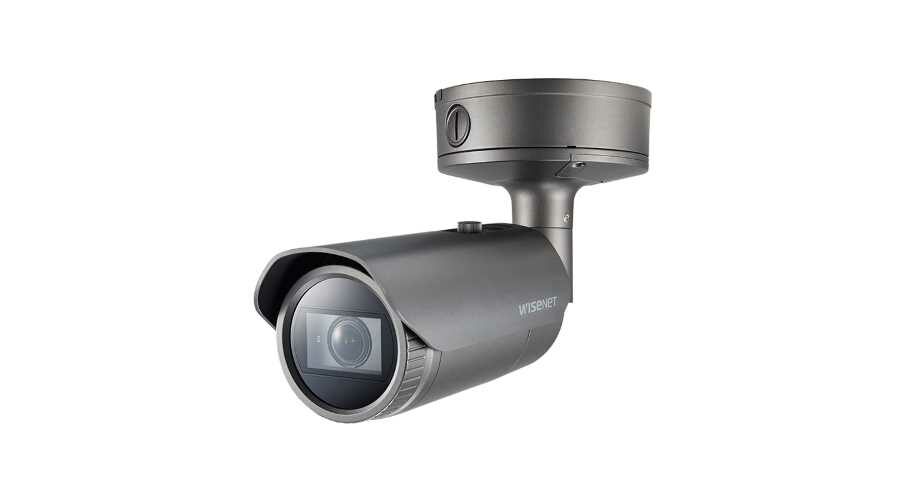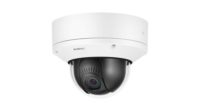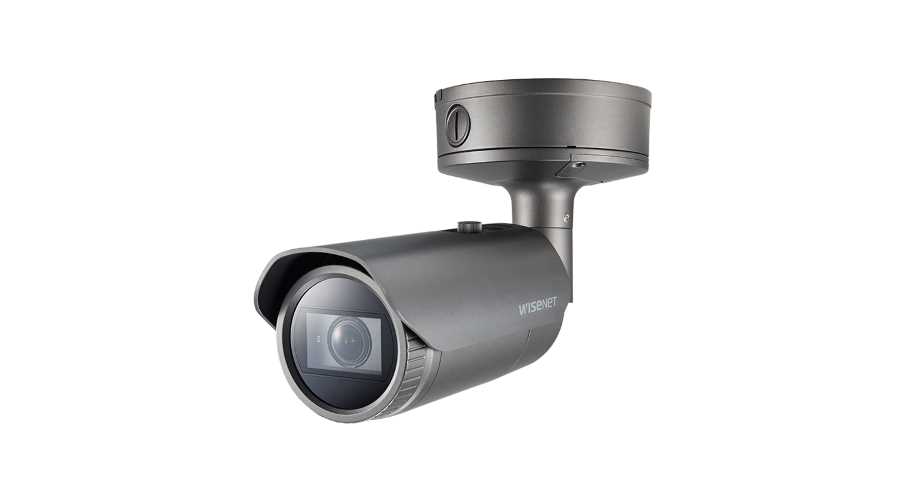Hanwha Showcases New AI Cameras and Wisenet WAVE 4.0 at GSX 2019




At GSX 2019, in booth #251, Hanwha Techwin America, a global supplier of IP and analog video surveillance solutions, will announce a new line of AI cameras and the availability in September for Wisenet WAVE 4.0, the next version of the company’s VMS (Video Management System) designed to support the advanced features and license-free onboard video analytics that are unique to Hanwha cameras.
The new cameras recognize humans versus vehicles, faces, license plates and more, enhancing the accuracy of video analytics over previous generations. The PNO-A9081 series features 4K resolution while the PNO –A8081 series features 5MP resolution. Both camera models include 2.2x zoom with motorized varifocal lenses (4.5~10mm, F1.6).
The new AI algorithms can discern human beings as distinct objects separate from their surroundings because they have been exposed to thousands of images of humans. With this additional data, the cameras can support advanced rules about the movement of cars and the movements of people within the same image.
“Analytic alerts can be more useful when we can be selective about the objects that matter to you,” said Ray Cooke, vice president - products, solutions, and integrations at Hanwha Techwin America. “For example, trucks passing by in either direction near a loading zone might be expected behavior, so in this case you do not want motion from trucks to trigger an event. But we are now making alerts more selective, so if a person enters the area, an analytic event would be triggered.”
The new AI cameras also tell users more about the objects they detect. They recognize types of vehicles such as a bus or car and the color of a vehicle as well. This additional metadata reduces the time to search video for objects of interest to minutes instead of hours.
“When speaking to end users about analytics, many still don’t take full advantage of them,” Cooke said. “Often, this is because of the false-positives with previous generation technology, or previous generation alerts not being selective enough for what they need to know from their cameras. With deep learning and neural networks, we have achieved a new level of enhanced analytics and data gathering.”
Available from Hanwha’s network of authorized distributors, Wisenet WAVE 4.0 is ideally suited to meet the needs of customers looking for a reasonably priced and easy to use end-to-end video surveillance solution. WAVE gives users the ability to create tailored layouts for the way they want to use their Wisenet video surveillance solutions on any device.
“Wisenet WAVE VMS has been very successful for customers looking for a flexible solution that is reliable, simple and lightweight,” Cooke said. “With Wisenet WAVE 4.0, we have continued to develop features and functionality our customers are asking for while also building for the future.”
Communication with WAVE is via Hanwha’s native unified API for maximum compatibility and efficiency. New analytics support includes:
- Queue Management (Queue-meter) – for retail queue management. Users can set up to three rectangular regions to monitor three lines. If a queue gets backed up, an event can be triggered to alert the end-user to assess and take action.
- Shock Detection – Introduced in the Wisenet X series PLUS line of cameras, gyro sensors can detect when a camera is shaking or enduring physical shock. This can trigger an alarm or custom event in WAVE 4.0.
- Temperature change detection from thermal cameras – When working with the recently released Wisenet thermal cameras, change in temperature above or below a threshold can trigger an alarm in WAVE.
For remote access, a new WAVE mobile app version 19.3 features smart motion search from within the mobile client. Users simply press and drag on a region from within the camera’s field of view and motion slices pop up in the timeline showing any motion that occurred within that region within any time period.
In WAVE 4.0, the system architecture has been revamped to ensure every moment is captured and recorded with minimum downtime while providing increased scalability. The previous 50 server limit has been doubled to support up to 100 servers in a unified site (each server can support 128 camera streams). Multi-server failover is built into the software and ready to be activated with only a few clicks, and without requiring any extra failover licenses.
Additionally, a metadata SDK allows for the integration of object metadata (coordinates, tags) generated by third party computer vision applications. This allows for the integration of several functions including the ability to overlay bounding boxes and object paths within video tiles, as well as integrate custom actions and events.
“Small and medium businesses range from one or more large sites, to several campuses or a small chain of sites,” Cooke said. “These organizations, and their public sector counterparts, demand end-to-end simplicity that is friendly to their budget upfront, and for the long term. Wave 4.0 provides just that, with features and solutions for these environments as their needs expand.”
Looking for a reprint of this article?
From high-res PDFs to custom plaques, order your copy today!







